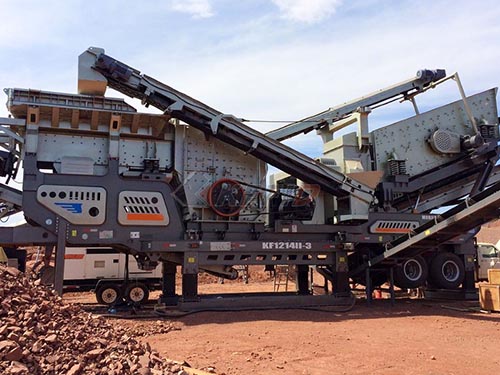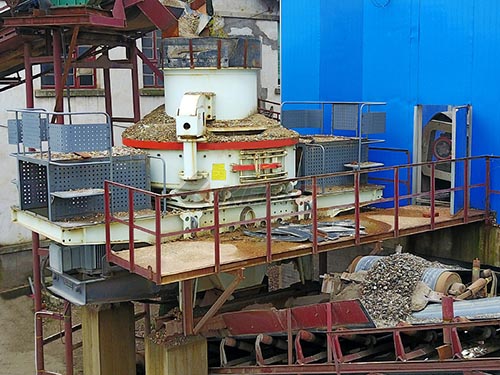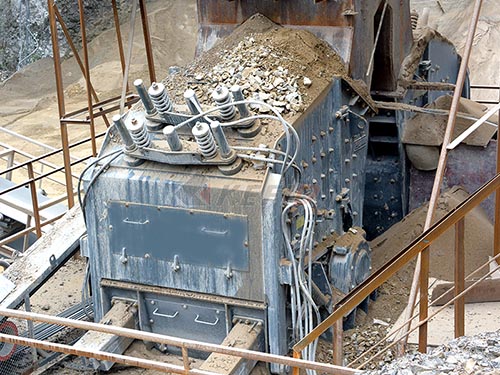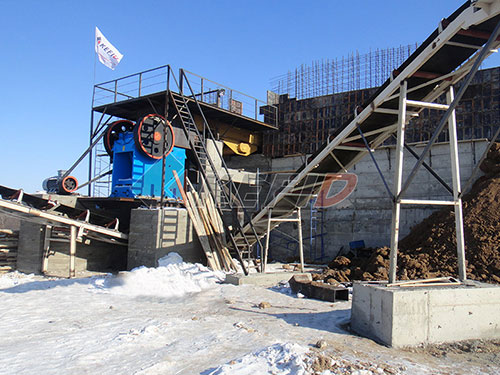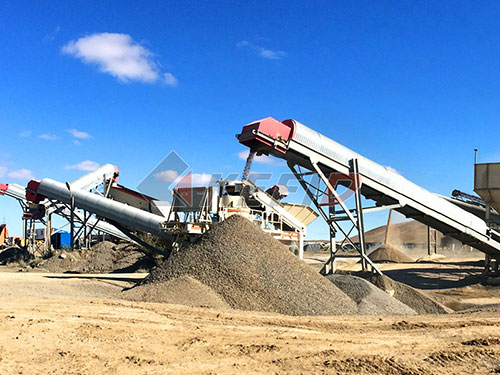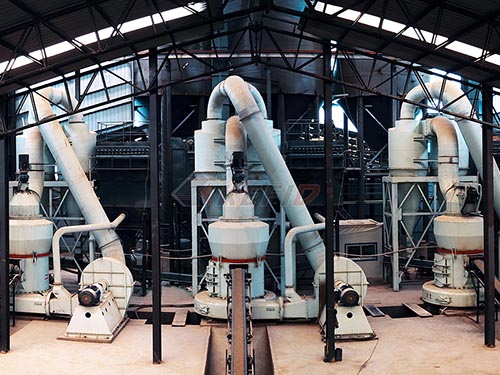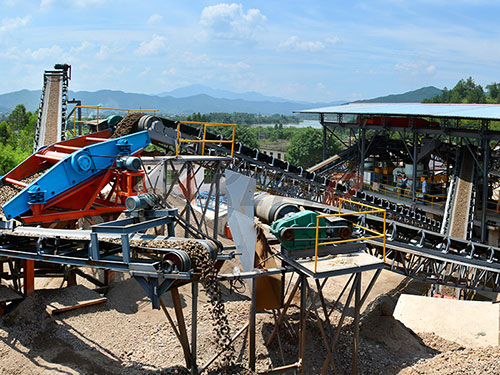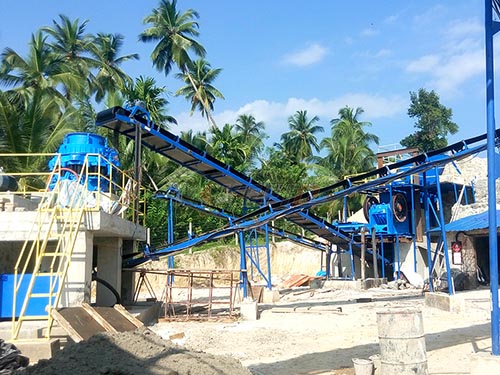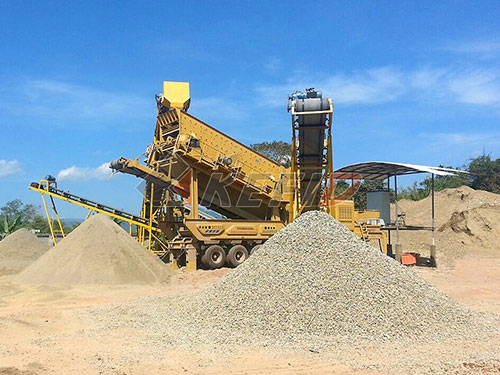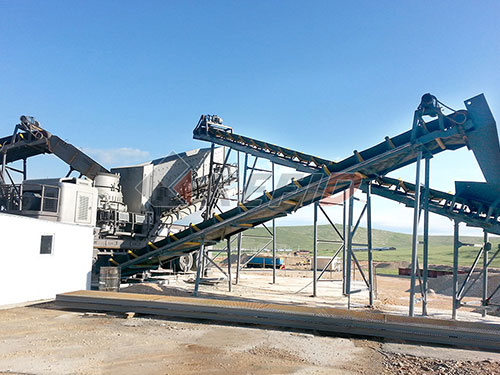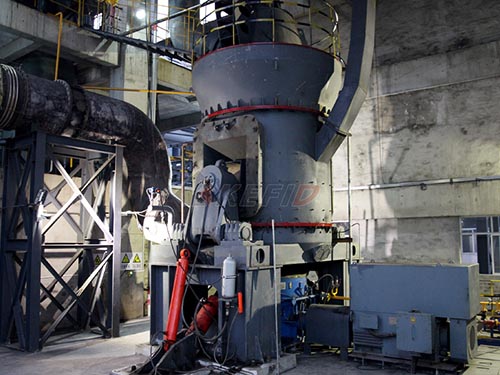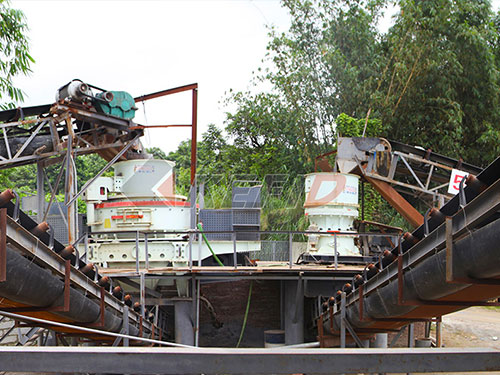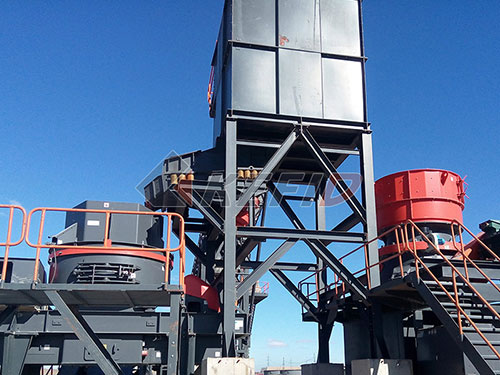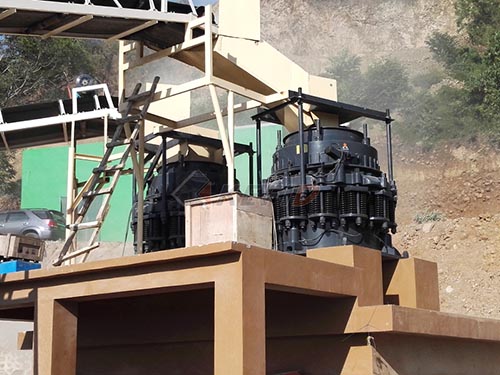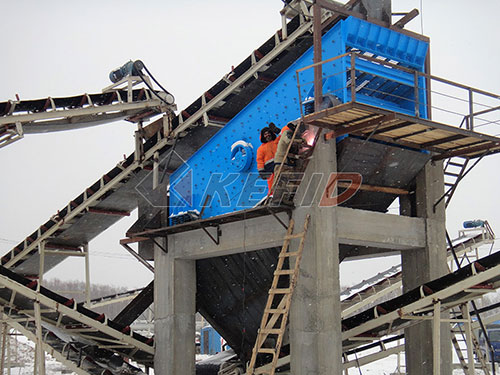Engineered Efficiency: Inside Sandvik’s Comprehensive Crushing Plant Solutions
In the demanding world of aggregates production and mining, maximizing uptime, optimizing particle shape, and controlling operational costs are paramount. Achieving these goals consistently requires more than just individual machines; it demands a seamlessly integrated system designed for peak performance. This is where Sandvik Crushing Plants emerge as a cornerstone solution for operators seeking rock-solid reliability and enhanced productivity.
Unlike simply assembling disparate crushers and screens, a true Sandvik Crusher Plant represents a cohesive system engineered from the ground up for synergy. Sandvik leverages its deep expertise in crushing technology to deliver plants that are:

1. Optimized for Application: Whether processing hard abrasive rock in a quarry or tackling softer materials in recycling operations, Sandvik plants are configured based on specific feed material characteristics, required end products (size and shape), and desired capacity.
2. Built on Proven Technology: At the heart of any plant lie Sandvik’s renowned crushers – robust jaw crushers for primary reduction, versatile cone crushers for secondary and tertiary stages delivering excellent cubicity, powerful impact crushers ideal for softer materials or shaping applications, and specialized VSI crushers for manufactured sand production.
3. Integrated Screening & Conveying: Efficient screening is critical for product quality control and preventing downstream bottlenecks. Sandvik plants incorporate high-capacity screens perfectly matched to the crushers’ output. Intelligent conveyor systems with features like load-sensing drives ensure smooth material flow throughout the entire circuit.
4. Engineered for Productivity & Safety: Plants are designed with accessibility in mind – wide walkways, strategically placed service platforms, and centralized lubrication points minimize downtime during maintenance checks or wear part replacement. Safety features are integrated into the design philosophy.
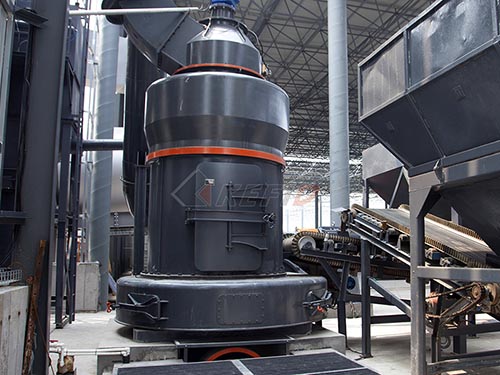
5. Smart Control & Monitoring: Modern Sandvik plants increasingly feature sophisticated automation systems like the proprietary Sandvik Plant Solutions Controller. This offers intuitive operation through touchscreens, real-time performance monitoring of key parameters (power draw, cavity levels), automated settings adjustments based on feed conditions (e.g., ASRi), remote diagnostics capabilities via My Sandvik, and comprehensive data logging for performance analysis.
Benefits Driving Adoption:
Maximized Uptime & Reliability: Engineered robustness combined with easy access for maintenance translates directly into higher availability.
Superior End Product Quality: Precise crushing stages coupled with accurate screening ensure consistent output meeting stringent specifications.
Optimized Operational Costs: Efficient power usage through smart drives


